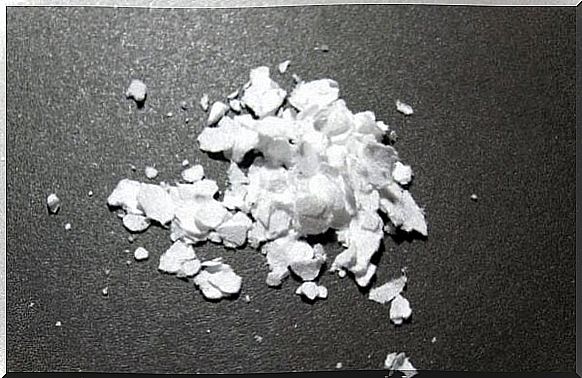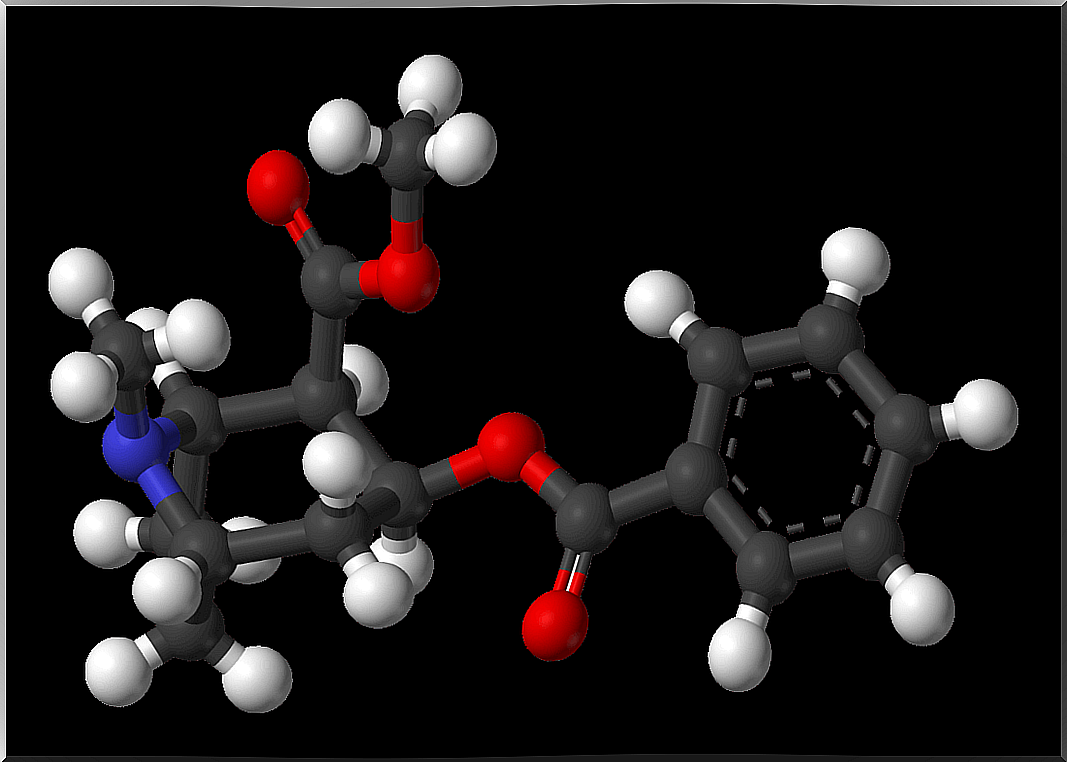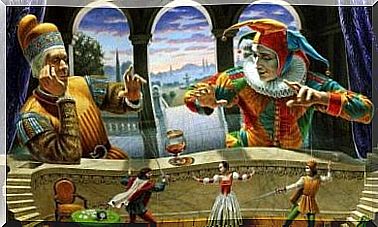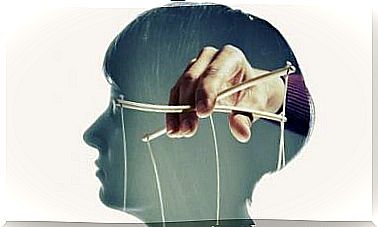Cocaine: The Different Types And Effects

Cocaine is a very powerful stimulant. It is extremely addictive and is almost exclusively used as an intoxicant. It is extracted from the coca leaves that became popular as a drug in the 1980s. In its natural form, coca leaves have been used for thousands of years by the natives of South America.
Its pure chemical form is cocaine hydrochloride, which is a substance that has been made in laboratories for over 100 years. In the early 20th century, it was the main ingredient in many medical elixirs and invigorators. Even today, it is used as an anesthetic for neck, ear and eye surgeries.
“Cocaine is the most adequate response to the most urgent need of the present era: the lack of borders.”
–Roberto Saviano–
Cocaine was also an ingredient in various sodas. The best known of these is Coca Cola. The original recipe contained up to 8 milligrams of cocaine per day. liters.
However, the drug became unpopular due to serious side effects, and Coca Cola took the ingredient out in 1903. In 1914, the drug became illegal.
It is now difficult to find cocaine in its chemically pure form. Instead, it is often mixed with starches, talc, sugar and other substances. On the street it is often called “cola”, “snow” and “charlie.”
Cocaine hydrochloride
As we have pointed out, cocaine hydrochloride is the pure chemical form of this substance. Although the level of purity varies depending on the manipulation, is the highest level of 98% purity. In the black market, pushers call it “Yen.” It is the most expensive and looks more white and brighter than other varieties.

The hydrochloride comes in powder form. It is estimated that cocaine in powder form, which is sold on the street, is between 5-40% pure. Sometimes it is mixed with very dangerous substances, such as amphetamine or other anesthetics.
Powdered cocaine is usually sniffed through the nose or “sniffed”. However, there are many who inject it into the bloodstream with a needle.
There are various forms of “white cocaine” of medium to low quality. The most popular is called “lime.” This is because it has a gray-white color and is a bit dull. This guy is incredibly euphoric.
Then there is another category, which is called “yellow cocaine.” Its most striking feature is its strong odor of gasoline or kerosene. It is the most powerful variant of them all.
Other types of cocaine
Cocaine is also available in “base” form. It is popularly known as “crack.” Consumption of crack cocaine has increased as authorities began imposing strict restrictions on the chemicals needed to make cocaine hydrochloride.
This action caused the price of cocaine to rise and reach a level that many users could not afford. In response, the base form was commercialized because it was 15 times cheaper.
Crack is a mixture of cocaine hydrochloride and other chemicals such as ammonia, ether and sodium bicarbonate. It is usually smoked in a pipe and has a much stronger effect compared to refined cocaine.
In addition, it is potentially more addictive and increases the risk of dying. It is called crack because of the crunching sound it makes when crushed.
Another product made from this substance is “cocaine sulphate”. This product contains up to 50% of the substance sulphate.
In the production, toxic chemicals are used, such as wood spirit and sulfuric acid. Usually the user mixes it with marijuana or tobacco, and smokes it.
Both crack and cocaine sulfate produce an effect that is categorized as “flash.” That is, it has a fast and very powerful effect. This is why addicts need to take several doses at once to prolong the effect. With both drugs, there is a high risk of an overdose.
Short-term effects of cocaine
The effects of cocaine occur immediately after taking it. Sometimes the effect lasts only a few minutes, and other times it can last for an hour. The substance triggers a feeling of euphoria and vitality. The user feels mentally aware and experiences it in his senses, especially sight, hearing and touch.
Cocaine use often reduces the need to eat and sleep. Some people take cocaine so they can finish their work faster. But on the other hand, there are people who feel it makes them slower.

The duration and intensity of the effect depends on the type of cocaine and how it was ingested. The faster it is absorbed into the body, the more intense, but short-lived, is the effect. Sometimes the user will experience restlessness, anxiety and irritation. Spasms, paranoia and dizziness are also common.
From a physiological point of view, cocaine disrupts the heart rhythm and can cause headaches, stomach aches and vomiting.
In case of an overdose, the user may experience seizures, strokes or go into a coma. Immediate death is rare, but it can lead to cardiac arrest, which can be potentially fatal.
Long-term effects
The primary long-term effect of cocaine use is violent addiction. Since the risk of an addiction is so high, it is almost impossible for a person to predict the extent to which they are going to have to use the drug after the first time it is ingested.
There is also a high risk of relapse after the user stops consuming it. This can even occur years after with sobriety.
The brain adapts to the consumption of cocaine. This means that a person feels less and feels less satisfied with time. Therefore, the addict will constantly increase the dose so that the same euphoric feeling can be achieved.
Over time, the pleasant feeling that the drug gives will be replaced by anxiety, paranoia and explosive anger.
In the most severe cases, prolonged use of the drug can cause the user to lose their sense of reality over an extended period of time. Hallucinations begin, first auditory and later paranoid psychosis.
Cocaine degrades and destroys the personality. That’s why the addict’s life is all about that.
MRI scans show that the brain of a person who is addicted to cocaine has fewer dopamine receptors. As a result, the person can no longer feel satisfying emotions in the normal way.
The future of the addict
It is very difficult to predict the fate of a person who is addicted to cocaine. Because it depends on many factors, and is to some extent random.
As long as consumption continues, the risk of dying is still greater. The personality and relationship with others is also destroyed.
Addiction to this type of drug usually leads to crime or illegal acts of seizing the drug.
As it stands, various forms of medicine are now being tested, but nothing has passed the tests.

Support groups are always a good choice. Usually they are combined with individual therapy. This plus a good diet, a consistent exercise plan and a support network seem to give good results in most cases.
However, getting out of an addiction is not easy. Therefore, the best thing to do is to prevent it. Cocaine is not a drug to be tried because you are curious or because you want a new experience.
Taking the drug just once can potentially release something that in the long run can end in a serious tragedy.









